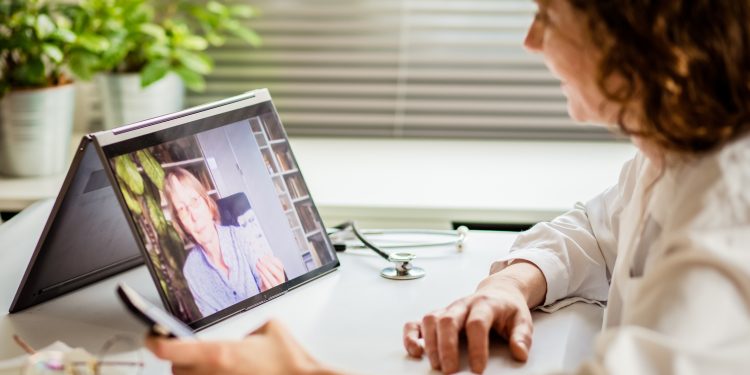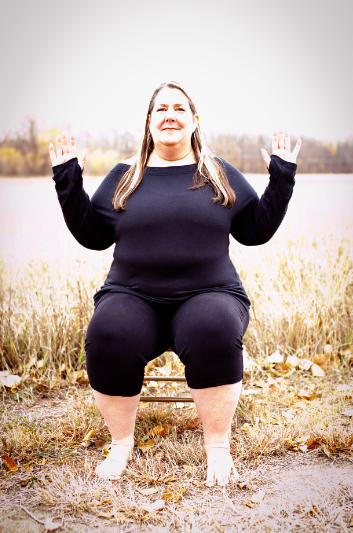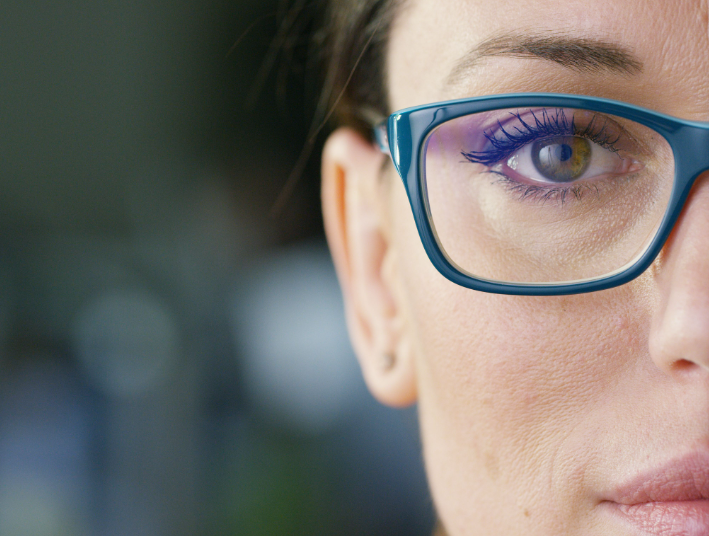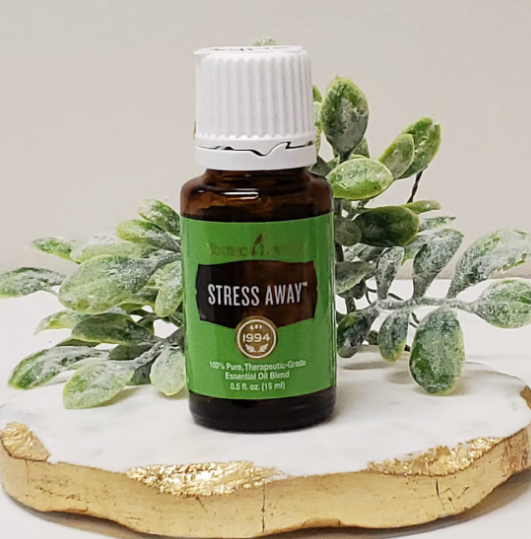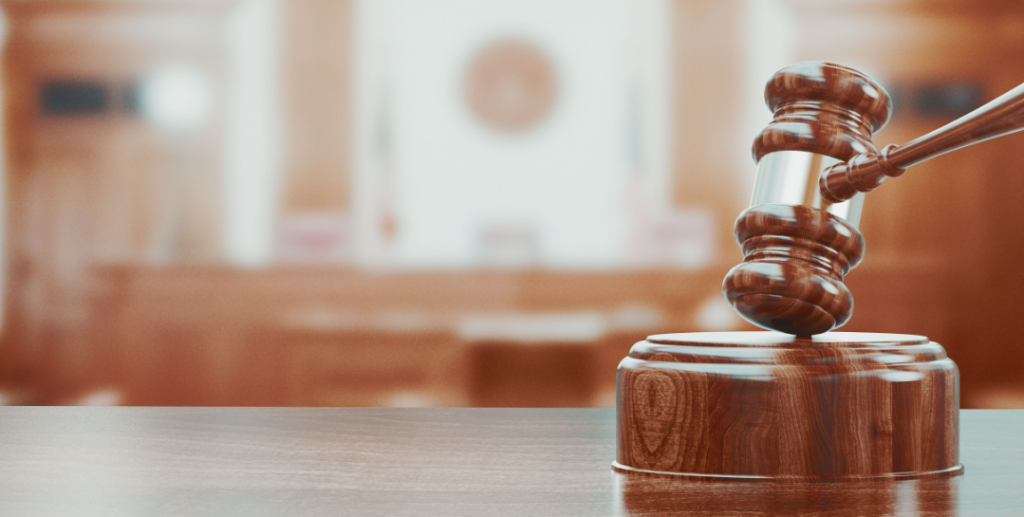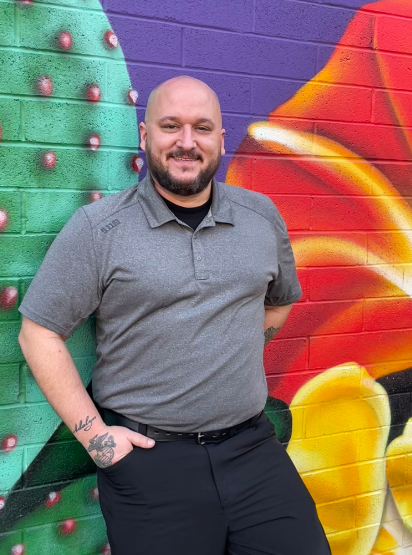By Ed Roth
Technology can change the way we see things, sometimes overnight. Since COVID-19 has become an unwelcome part of our lives, doctors and patients are creating a new normal for effective treatment. In several short months, the playing field changed, thanks to telemedicine. In fact, health care analysts estimate the pandemic and ensuing stay-at-home orders accelerated the widespread implementation of telemedicine by at least a decade.
It’s not a new concept; doctors have been utilizing this form of digital health care since the late 1950s, when a closed-circuit setup connected the Nebraska Psychiatric Institute and Norfolk State Hospital. In the 1960s, microwave technology was used in a partnership between the Indian Health Services and NASA, providing Papago Native Americans in Arizona and astronauts with remote care.
Fast forward to 2020. With the coronavirus pandemic in full swing, traveling to the doctor’s office has become more difficult, and sometimes impossible as providers shuttered their doors to in-person patients. In an unexpected twist, those recovering from brain injuries are able to be treated without leaving home, which has become just what the doctor ordered.
For Christina Kwasnica, MD, medical director of neuro-rehabilitation and the Center of Transitional Neuro-Rehabilitation at Barrow Neurological Institute at Dignity Health in Phoenix’s St. Joseph’s Hospital and Medical Center, telemedicine has become an integral part of her arsenal for treating people with brain injuries. “In the past, we used telemedicine to reach remote parts of the state where specialist providers weren’t always available. Patients would have to go to a nearby clinic to participate and someone there, like a nurse, would help with the examination. Now, we can see patients virtually in their homes.”
Although her patients and staff miss seeing one another in person, and tech issues may emerge, the advantages outweigh the disadvantages. “I love seeing the family interactions, their pets, toys, etc.,” says Dr. Kwasnica. “It also helps me to see some of the challenges we face with our patients, such as how much space they live in, and how rural their home may be.”
Another benefit of telemedicine is particularly important to patients with high anxiety and/or low mobility. “They can now be seen without having to use transportation. It also allows me to see how their home therapy equipment, such as wheelchairs and walkers, is used,” says Dr. Kwasnica.
Laura Johnson suffered a brain injury in 2007 while living in New York City and is currently one of Dr. Kwasnica’s patients. Though she is thirteen years post-injury, she still has difficulty going to appointments. “Because of my brain injury, just driving to the doctor produces a ton of anxiety. From the traffic to the parking, and navigating the hospital campus, it can all be overwhelming. Telemedicine has taken away all that stress.”
Dr. Kwasnica feels that achieving a high comfort level is essential. “It’s a comfortable access point to care for many of my patients with traumatic brain injuries. It has also allowed us to encourage other online media for our patients, such as Zoom social gatherings, because they can accomplish telehealth.”
As an example of how a hybrid approach is effective for her, Dr. Kwasnica diagnoses all traumatic brain injury (TBI) patients in person as soon as possible after their injury. “There’s no substitute for an in-person neurological exam for initial diagnosis.”
She then uses telemedicine for more frequent check-ins during early treatment of the injury, when changes in the care plan are often required.
Another enthusiastic adopter of telemedicine is Brain Injury Alliance of Arizona board member Katie Pierce, PT, DPT, a physical therapist at CoreBalance Therapy in Flagstaff. A brain injury survivor, Katie combines her personal and professional experiences to develop and deliver unique treatment plans for her patients.
Growing up in northern California, Katie always wanted to be a physical therapist. From the first time she was exposed to the profession at Career Day to the local physical therapy clinic that allowed the high schooler to volunteer thousands of hours, she was consumed with motivating people with movement.
After receiving her B.S. in exercise science at Willamette University, she joined a national teaching corps and taught middle school in inner city New York.” However, she missed the science and soon enrolled at Northern Arizona University’s nationally ranked physical therapy program.
Then she got a close-up education on brain injury. First, she wiped out on her bicycle in Flagstaff; two years later, another bike mishap involving wet streetcar tracks, this time while on a PT internship in Portland, Oregon. Both resulted in mild TBIs, and her arduous recovery required a great deal of patience and determination.
A year and a half into the process, she was able to work as a physical therapist, with part-time hours due to the remaining health challenges from her brain injuries (eight hours per week at first). Over the course of the following eight years, she tried to take on as much as possible.
In typical Katie fashion, she persevered and gradually resumed her PT career, getting back on that proverbial bike with a deeper understanding of the link between brain injury and rehabilitation. With ups and downs in her health, she searched for accurate diagnoses and treatments for the multiple secondary health challenges triggered by her 2010 TBI.
“To almost lose my dream job due to my injuries, then get it back, I’m the world’s happiest person.”
With her passion for neurological and vestibular rehabilitation, Katie has helped patients with an initial reluctance to telemedicine. “We had to overcome the misperception that this wasn’t doable.
“Some people had fear of technology, didn’t have Zoom on their phone, or were concerned about privacy. However, after the first time, they loved it . . . and I was delighted.”
Katie cites several advantages, including treating people in their own environment. “One brain injury survivor patient was often falling at home. In our first telemedicine appointment, I helped him identify fall risks in his home, like the throw rugs and the protruding lip leading to the kitchen. Once we removed the barriers we could, and practiced safely navigating the others, he hasn’t fallen once in the past 10 weeks since we started telemedicine.”
Like Dr. Kwasnica, she favors a hybrid approach. “Sometimes there’s no substitute for touch. For instance, if they’re a high-fall risk, they need staff to guard them when doing upright exercises.” She adds, “I think once people can come back in the clinic, it could be ideal to have one session weekly in the office, and one over telemedicine at home.”
Perhaps the most surprising feature of telemedicine is how insurance companies support it. “It’s Medicare and Medicaid-approved, and all but three insurance companies I know of cover it completely,”Katie notes.
Roughly half of her patients are brain injury survivors who require consistency and repetition. For them, it’s particularly helpful to be able to do exercises in the same location in their home, with the mat in the same area, even facing the same direction.
“Now, the moment they log on to Zoom, they have their mats in place, their weights are ready, and some have already started.”
Shawnique Cotton was injured in a shooting at a Pennsylvania nightclub over thirty years ago. It left her with a spinal cord injury and a brain injury. While she is not a patient of Katie’s, she can’t say enough about this new approach after wrangling over transportation issues for three decades for something as simple as a prescription renewal. “Telemedicine made life easier for many of us with disabilities. I called my doctor’s office at 9:47 am, they scheduled me an 11:30 am phone appointment. Fifteen minutes after we hung up I received a pharmacy alert that my prescription was ready!”
With this kind of acceptance and versatility, it’s no wonder telemedicine is rapidly being heralded as the new “house call.”
Ed Roth is a Phoenix-based writer and producer. He has created content and marketing for Disney, Fox and Cox Communications, in addition to producing lifestyle television programs in Phoenix. Ed has also worked on The Oprah Winfrey Show.

